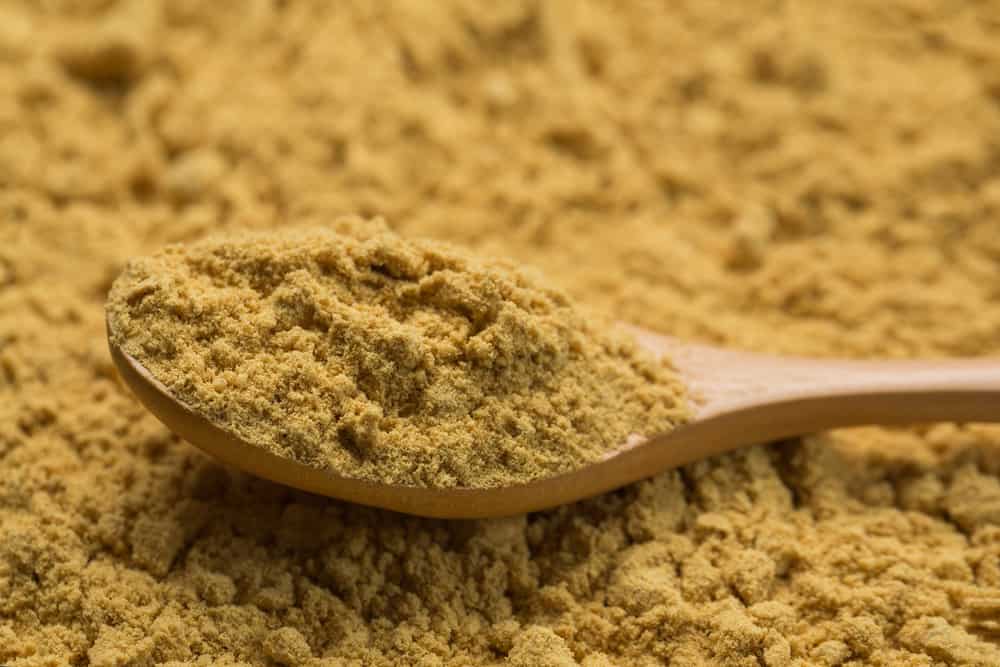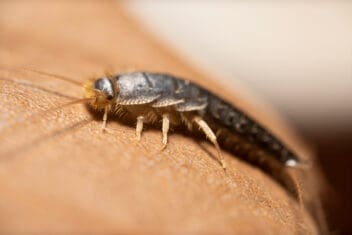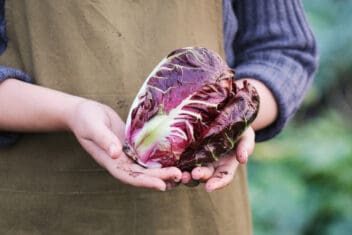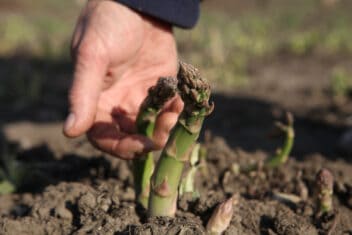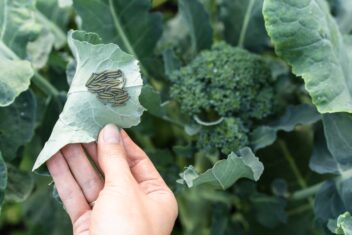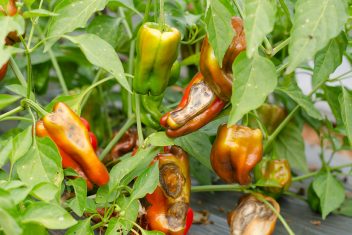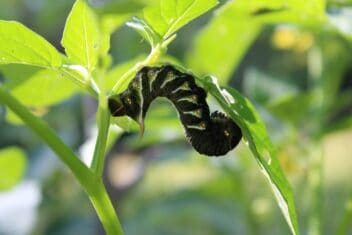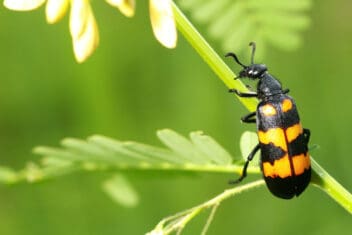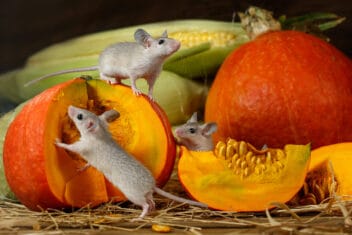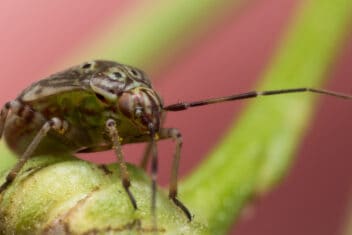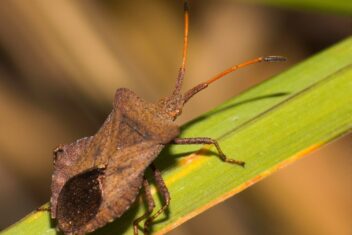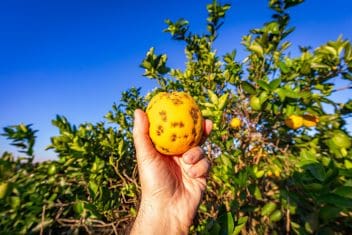Growing food is difficult enough without crawling interlopers wreaking havoc. Slugs, snails, beetle larvae, and cutworms are just a few species that can annihilate our plants. Many of the methods we use to combat insects can damage the soil, and harm beneficial insects. This is where a mustard pour can come in handy.
A mustard pour is a natural way to help you tackle pest problems without causing harm to the environment.
Intrigued? Here’s how to put a mustard pour to work for you:
How Does a Mustard Pour Work?
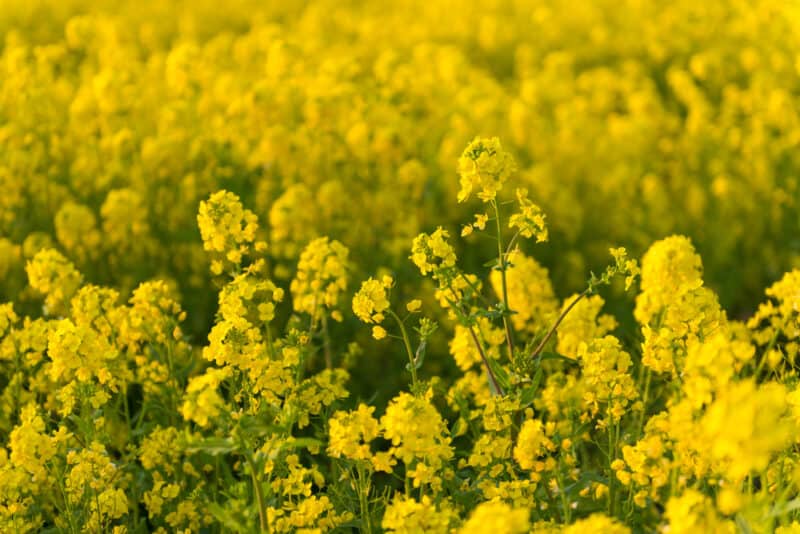
If you’ve ever eaten a mouthful of mustard, you know it has a burning flavor. This is due to a pungent compound called sinigrin. It’s also present in horseradish and wasabi, and it’s what makes our sinuses leak into our laps.
That burning effect is also a skin irritant—especially to sensitive skin. This includes soft-bodied insects such as the aforementioned slugs, larvae, etc. When you drench the soil with mustard, the effect is very much a situation of topical “ouch ouch ouch!” followed by them trying to get away from the unpleasant, burning sensation.
Once the critters have crawled to the surface, you can dispose of them.
Unlike commercial pesticides, mustard won’t accumulate in the soil. It’ll simply make the area temporarily unappealing to unwanted insects, and will dissipate with regular rainfall.
*Note: make sure to keep mustard well away from any pets. Sinigrin is toxic to dogs, cats, and other mammals. A bit of prepared mustard can cause real damage to your pets if ingested, as can it in its powdered form.
Can You Use Any Mustard for This?
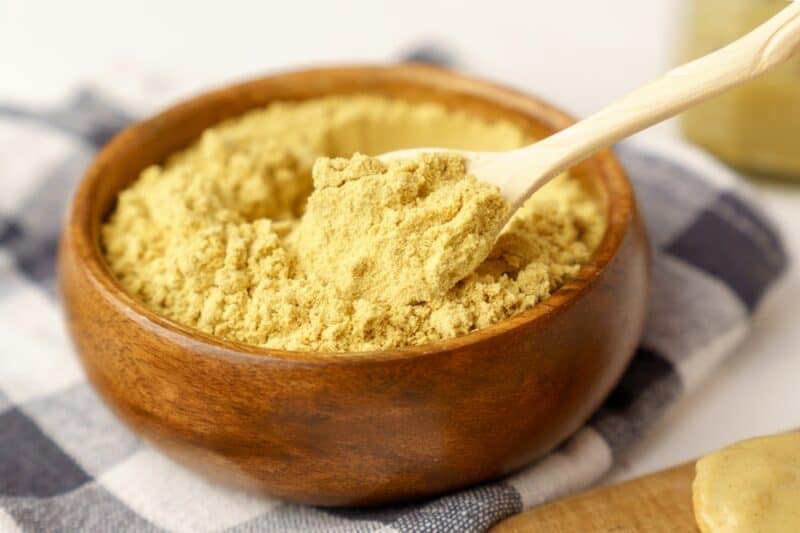
If you’re eyeing that flaming yellow bottle of French’s in the fridge for this, that’s a no. You’ll need to get ground mustard powder for this to work.
You can find it in the spice section at your local grocery store. Alternatively, check out bulk food stores in your area. They’ll have enough of it that you should be able to treat large areas of land as needed. You can find it online at places like Amazon, too.
Although any dry mustard powder will work, hotter varieties are more effective. Look for Asian varieties, as they’re hotter and more potent than European ones. Keep the grainy Maille dijon for your sandwiches.
Ratios
The amount of mustard (and water) you’ll need will depend on the size of the area you need to treat. Generally, use one gallon of water for every square foot (sq/ft) of land. Then use 1/3 cup of mustard powder for every gallon.
It’s important to note that mustard powder can have irritant effects. This means that it can burn your eyes or skin on contact, damaging your lungs badly if inhaled. As such, be sure to use protective gear when working with it.
How to Use Your Mustard Pour
First, determine which insects are damaging your garden or lawn. For example, if there are light, damaged patches on your lawn, ensure household pets haven’t caused them.
Once that potential factor has been eliminated, lift the sod to see what’s happening beneath. If you find flea beetle larvae or invasive jumping worms, you’re good to go.
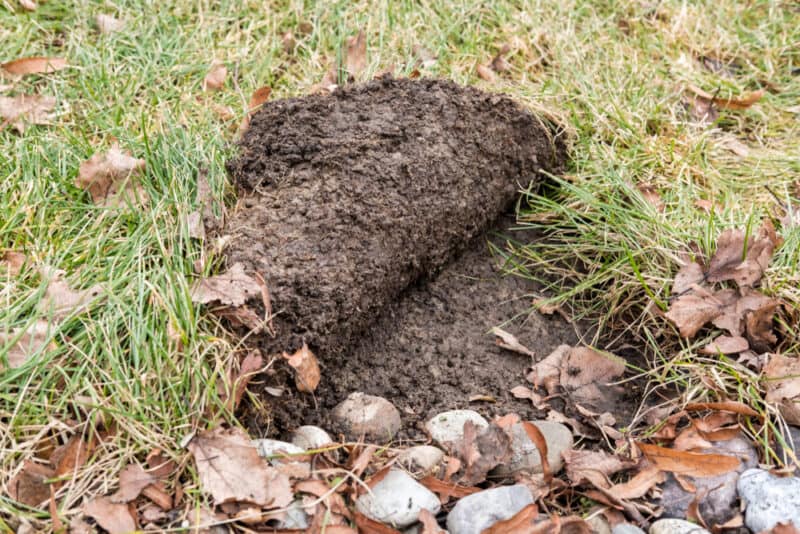
Put on a mask, gloves, and protective eyewear. Then fill up a gallon bucket of water and gently stir in that third cup of powdered mustard.
Once it’s well combined, take your bucket to the area you want to treat, and pour half the bucket’s contents into the soil. Be sure to move the stream around thoroughly for maximum coverage.
Then grab a book or pull some weeds nearby for about half an hour. Beetle larvae, jumping worms, and similar insects will crawl to the surface to escape the burning sensation.
Keep a bucket of soapy water nearby and simply plop them in as they show up. They’ll drown, and then you can dispose of them as you see fit.
Whether critters come to the surface or not, repeat the process with the rest of your mustard pour.
If you have a large area to treat, create a square-foot grid with string and pegs. Then move around the grid systematically to ensure you’ve covered everything evenly.
Monitor the Area

After you’ve done your first mustard pour and eliminated unwanted crawlers, keep an eye on your garden or lawn. You should see a marked improvement immediately, as these interlopers will try to get as far away from the mustard-y area as possible.
If you don’t see a noticeable improvement, or if a torrential rain happens within 72 hours of your first pour, then repeat the process.
Expand the area of effect just in case the creepies have been hiding on the periphery and coming out at night. Just repeat the steps above and let the mustard work its magic.
Additionally, you can sprinkle the dried mustard powder on the soil’s surface for extra protection. Slugs and snails will avoid moving over it, and many other insects will be repelled by it as well.
Be sure to re-apply after rain, and be very careful while gardening. If you touch mustard-treated soil and then touch your eyes or face, you could be in for a world of pain.
Foliar Spray
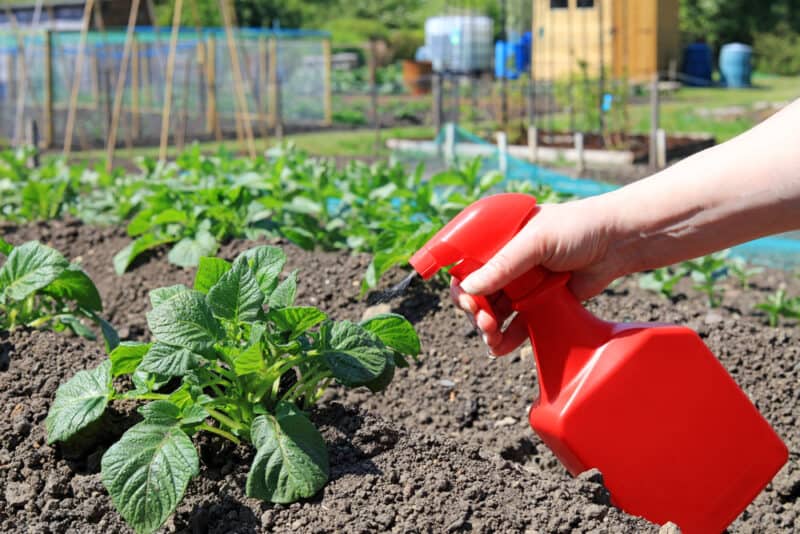
In addition to using a mustard pour in the soil, you can use it in foliar spray form as well. This can help to eliminate aphids, spider mites, caterpillars, and more.
If you’re going to use it as a foliar spray, dilute it a bit more. Aim for about a fourth cup of mustard powder in a gallon of water. Then add one tablespoon of liquid soap (like Castile or biodegradable dish soap), and two tablespoons of apple cider vinegar.
Stir all of this together and then spray it on your plants first thing in the morning, or last thing at night.
Raw Mustard Pour
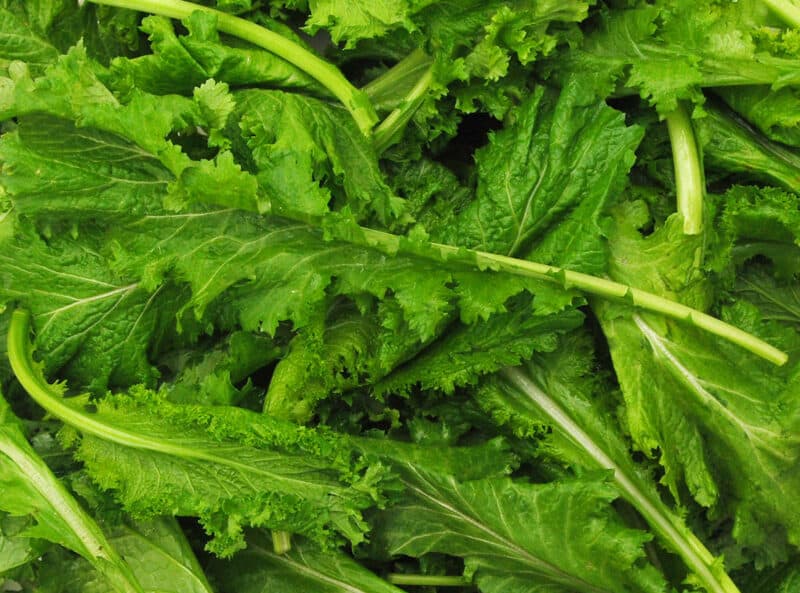
If you can’t find dry mustard powder, you can use raw mustard plants in a pinch.
These Brassicaceae family members also contain sinigrin in their leaves and stalks, albeit in lower concentrations than their seeds.
You can either puree these aerial parts in water and use that as a soak, or put them through a juicer and dilute it a bit. This type of mustard pour won’t be as effective as the former formula but can be a helpful temporary deterrent if needed.
You may be surprised to see how effective a mustard pour can be for eliminating unwanted garden pests. It’s my favorite way to eliminate flea beetle larvae from lawns, and for dealing with cutworms in my corn and amaranth patches. Since the mustard won’t accumulate in the soil or cause any damage to surrounding plants, it’s a winning method for general pest elimination.
Best of all, if there’s any of that mustard powder left over, you can prepare it as a tasty condiment for your favorite sandwich. Isn’t homesteading versatility fun?!
